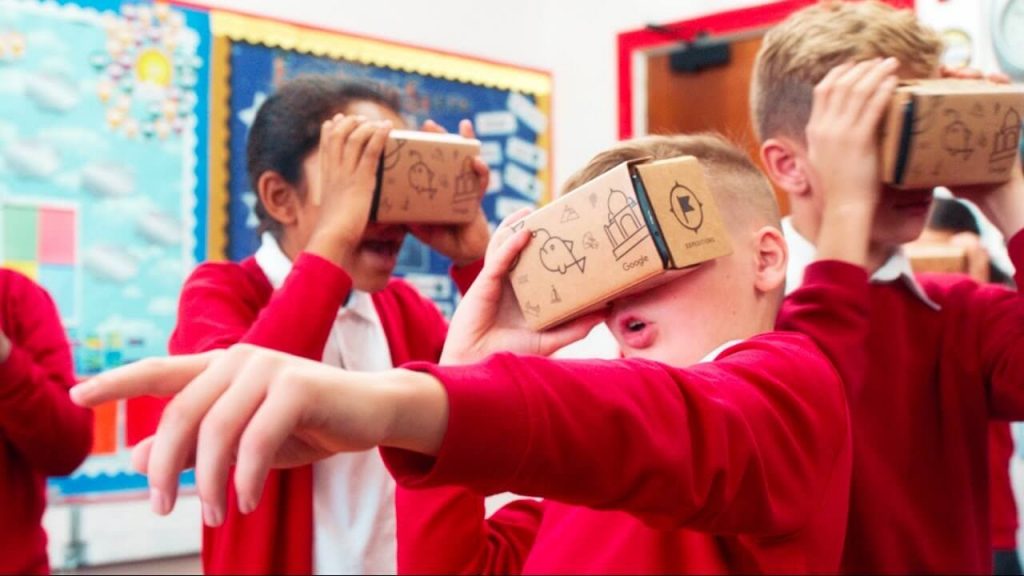I like honesty and the brutal truth. I don’t like sugar-coating issues. The Education System in America is broken… and I think new technology can help solve the problem. I only mention America because it is the country I was born in, went to school in, and currently live in. I can’t speak for other countries but I assume the situation is the same.
It’s important to recognize the problem so it can be addressed and fixed for the sake of the future of the world. It seems as if everything in this world is always changing, improving, updating except for schools. What people in 1900 thought the year 2000 would look like. Many factors and reasons affect this issue. More than likely this is because the government doesn’t innovate or even work properly.
Start your free trial of Viar360!
I’m not here to talk about that though. My name is Mark Metry and I am the founder of VU Dream. My company is a Global VR Acceleration Network trying to push the message of virtual reality forward. When I first became aware of virtual reality and its potential to help people I was baffled. I immediately thought “this technology needs to get in the hands of everyone.”One program my company runs is “Education VR.” Education VR is VU Dream’s Initiative to improve and add Virtual Reality to the Education System. Students need to know there are more ways to learn than writing things down or memorizing.
Virtual reality education is a superior experience
One of the best tools teachers can utilize in the classroom is the immersive experience that Virtual Reality has to offer. It’s reported that classrooms using VR showed:
- 100% Increase in Student Attention
- 30% Increase in Test Scores
- 95% of Students say VR improved their learning experience
Last month, Kingston University opened a VR & AR training center with many other schools following the same path. The following excerpt is from Enyota Learning about VR in Classrooms.
“However, things changed when Google launched its Pioneer Expeditions in the third quarter last year. The Expeditions kit was self-contained and had everything that a virtual reality field trip needed. It had Asus smartphones, a tablet for the guided tour, and VR glasses made of cardboard. What made Google Expedition a game-changer in education was the fact that it needed no internet connection to operate. The Expeditions team had worked with many teachers and content partners to over 100+ engaging journeys.”
“With Expeditions, teachers were able to take their students to places where school buses cannot go for a field trip… whether it was the Pyramids of Gaza or the Coral Reefs at the bottom of the ocean to the Great Wall of China to the planet Mars! The Google Cardboard viewers or Mattel View-Masters turned any smartphone into a virtual reality headset. The incredible rise of smartphone adoption has further fueled the virtual reality revolution giving it the push required to influence a pedagogical shift in the field of education and learning.”
Make classrooms fun again
Virtual Reality offers a fun and unique way to learn about any subject. Textbooks, videos and even the internet are old school. Students have the capability to experience history, science and other subjects as if they were there. Students can perform hands-on virtual exercises with extra devices like the Leap Motion sensor controller. VR does not only benefit students but it also has advantages for the workplace. This technology has the capability of providing educational training to professionals such as Doctors, Surgeons, Dentists, Teachers and more.
Additionally, Virtual Reality has the ability for Universities and Colleges to create virtual tours. This creates an advantage for School and students who seek attendance there by getting a glimpse of the University lifestyle. Education and VR go hand in hand. Technology continues to improve and augment tools into our lives for the better.
Looking to create your own educational Virtual Reality Experiences?
This is a guest post article by Mark Metry from VU Dream. Find him on Twitter at @markmetry



